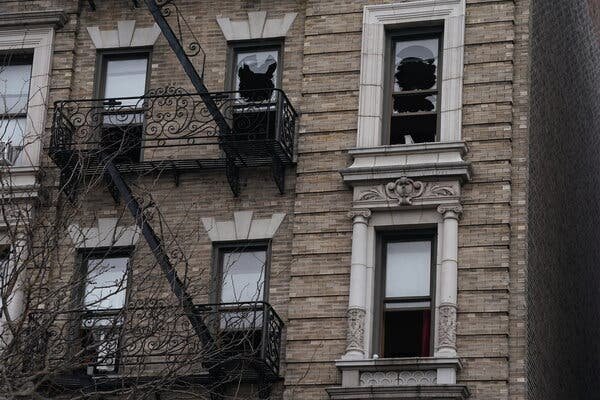Congestion pricing in NYC, part of the 2019 MTA Reform, aims to reduce traffic and fund transit upgrades. Tolls start in Jan. 2024, with lower rates and exemptions. E-ZPass payment, per-ride fees for taxis and app-based cars, and monitoring for program effectiveness are key aspects. The toll system may face legal challenges, but aims to raise funds for transit improvements and reduce traffic in Manhattan.
The implementation of congestion pricing in New York City has faced various twists and turns, but with the recent announcement by Gov. Kathy Hochul, the program is set to move forward in the new year. The tolling system aims to reduce congestion in Manhattan’s Central Business District while generating revenue for transit upgrades. Here are some key details about the congestion pricing program in NYC.
Congestion Pricing Overview:
Congestion pricing was mandated through the state legislature’s 2019 MTA Reform and Traffic Mobility Act to raise funds for transit improvements and alleviate traffic congestion in the city. The Congestion Relief Zone encompasses Manhattan’s Central Business District, starting from 60th Street and extending south.
Tolling System:
Tolling infrastructure, including license plate readers and cameras, will be installed at the entry points to the Central Business District. Motorists can pay tolls using E-ZPass or receive bills by mail if they do not have E-ZPass. The toll prices vary based on vehicle class and time of day, with reduced rates during off-peak hours.
Exemptions and Charges:
Traditional taxis and black livery cars will incur a per-ride fee of $0.75 for trips to, from, or within the CBD, while app-based for-hire vehicles like Uber and Lyft will pay a $1.50 congestion charge. Exemptions to the tolling system have been outlined by the MTA.
Future Changes:
Governor Hochul has stated that toll rates will remain stable for at least three years, with adjustments based on program evaluations. The tolling system will provide funding for the MTA’s Capital Program, supporting transit projects and improvements.
Environmental Impact and Mitigation:
The congestion pricing plan aims to reduce traffic in the CBD, with an estimated decrease in the number of cars entering Manhattan daily. The state plans to invest over $100 million in environmental justice communities to mitigate the impact of congestion pricing.
Future Projects and Lawsuits:
The revenue generated from congestion pricing will fund various transit projects, including subway extensions and signal upgrades. However, ongoing lawsuits may pose challenges to the implementation of the tolling system.
Future of Congestion Pricing:
Despite potential legal challenges and political opposition, the congestion pricing system is set to be operational in the new year. The MTA aims to improve transit services and infrastructure with the revenue generated from congestion pricing.
For more information or inquiries about congestion pricing in NYC, contact the newsroom at ask@thecity.nyc.
Source: TheCity.NYC









